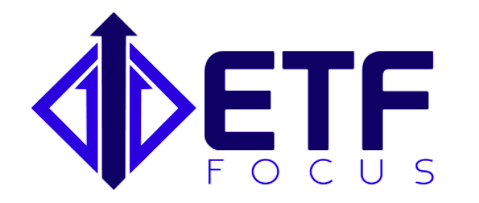Despite an S&P 500 that's up more than 9% on the year, the financial sector has managed to post only a minor 1% gain in the face of both economic and regulatory headwinds. The Financial Select Sector SPDR ETF (NYSEARCA:XLF) rallied more than 25% from Election Day through the end of February on the belief that President Trump's desire to ease banks' regulatory burden along with a healthy economy and a rising rate environment would fuel the sector's growth.
But now, financials are roughly 5% off their earlier highs with the SPDR S&P Bank ETF (NYSEARCA:KBE) still down more than 7% even after today's rally. Today's move up is fueled by the potential changes to the Dodd-Frank law which should result, if passed, in eliminating some of the sector's regulatory duty, allowing it operate more freely and potentially return capital back to shareholders in the form of dividends and buybacks.
A pullback following such a quick rally should be expected, although the fact that tax reform legislation looked like it was going to get pushed further and further out into the future was a contributing factor. I was of the opinion that the relative value in the financial sector disappeared in the few months following the election. Given the catalysts coming down the pike in the near future coupled with the recent pullback, I think there's value in the financials once again.
The first catalyst is the one that fueled today's rally. The proposed reform to Dodd-Frank would eliminate the fiduciary rule and rollback the Volcker rule. Also in the bill is the potential regulatory relief for institutions meeting certain leverage guidelines. Such changes would not only help lessen the cost of complying with these regulations but also potentially open up what financial institutions can do as far as lending and investing is concerned. Much of this was put in place following the financial crisis in order to help ensure another near meltdown doesn't occur again. The primary concern is that loosening the reins could lead us down the same road, although in the near term it certainly looks like a win for the big banks.
Second, a rate hike later this month looks like a near certainty with another with the odds around 50-50 that we'll see another hike by the end of the year. Higher interest rates should lead to higher net interest margins although I'd expect given the current yield curve we won't necessarily see the immediate benefit. It's a positive for the banks but it might take some time to play out.
Third, the Federal Reserve will be releasing the latest bank stress test results on June 22nd and the results from the Comprehensive Capital Analysis and Review (CCAR) on June 28th. I wouldn't expect anything terribly surprising to come out of these tests and it should confirm that most of the banks are well-capitalized and in position to absorb significant loan losses should the situation arise.
Despite their run-up since the election, both XLF and KBE are still attractively valued. XLF trades at 14 times forward earnings with KBE trading at a 15 multiple. XLF is relatively top-heavy in large-caps (nearly half the fund is dedicated to the biggest financial institutions such as Bank of America (NYSE:BAC) and JPMorgan Chase (NYSE:JPM)) while KBE is a better choice for those wishing to focus more on the mid-size regional banks.
I think investors here could be in line for a 5% gain over the next month or so.
If you enjoyed reading this article, please be sure to share it below and subscribe to the site so that you don't miss any updates or new stuff! As always, thank you for taking the time to read!


